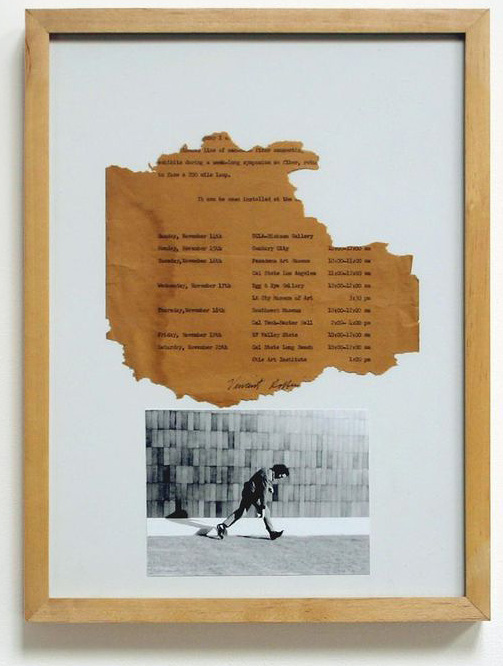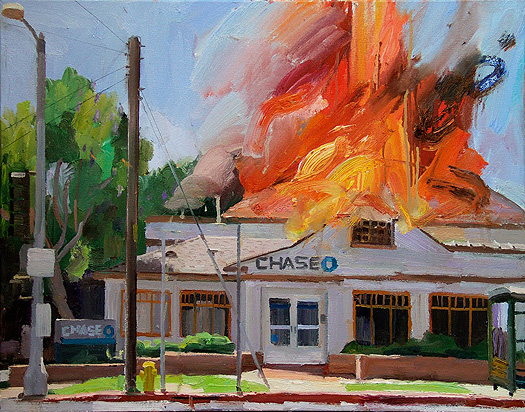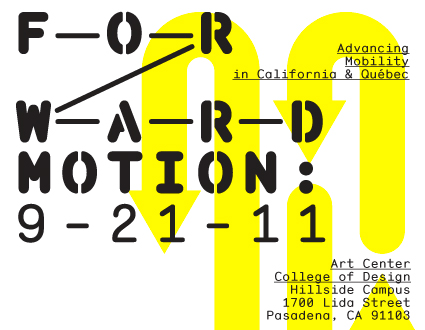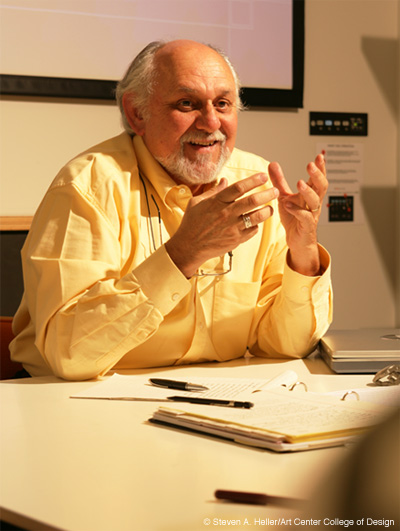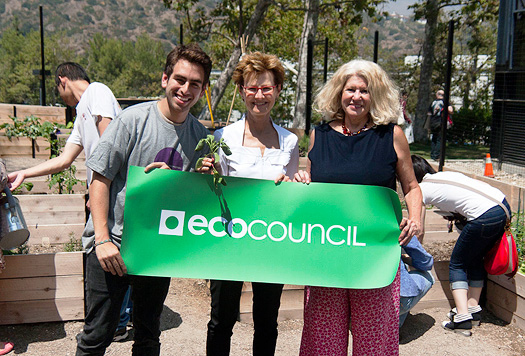
A bulletproof lemonade stand, a tender childhood moment captured in the Southern California sun, a futuristic car that stores energy in chemical bonds, and a sneak peek at the future of the written word—all of these were made possible due to the generosity of Art Center scholarship donors.
This past February, Art Center President Lorne Buchman and Student Government President Erik Molano addressed the student body at an event titled “Meet the Presidents.” There, Buchman offered a preview of the College’s new strategic plan and discussed one of its most important elements: easing the financial burden to students.
While pointing out that Art Center delivers an expensive form of education—equipment, labor and team teaching all add to a per-student cost that actually exceeds tuition—Buchman said easing students’ financial commitment is critical to maintaining a diverse student body and a robust learning environment.
“A huge part of my job is to find the philanthropy and scholarships that are going to help,” said Buchman. “I think about this every day.”
He’s done more than think about it. In the last year, thanks to targeted budgetary reallocations and fundraising projects like the “80 for 80” initiative, Art Center made an additional $3 million available for student scholarships. And with a full 80 percent of current Art Center students receiving financial aid, you can be sure that every additional dollar counts.
Annually, Art Center allocates $9.6 million for scholarships; of that amount, 18 percent comes from donors. And for many students who come to Art Center seeking a bachelor’s degree, but who already have a prior degree—as is true for three of the students profiled here—those scholarships are fundamental, as they’re ineligible for either federal or California state grants.
Increasing scholarship support is a key priority for Art Center, as laid out in Create Change, the College’s new strategic plan. Here are three current students and one recent alumnus whose visions we can all delight in thanks to Art Center scholarships.
Read more in Dot magazine.

